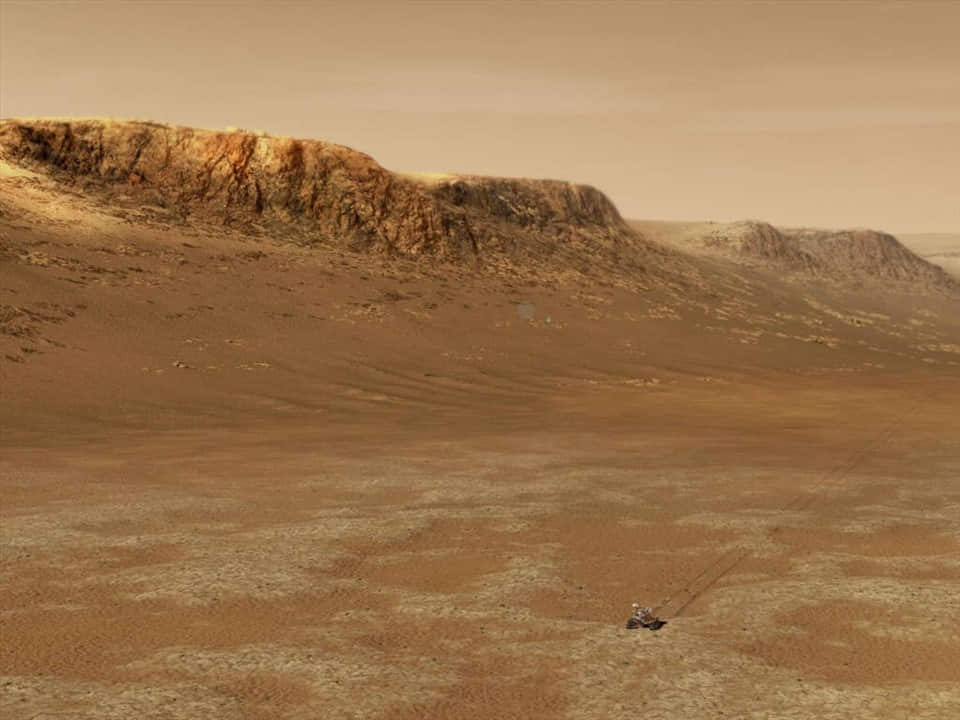These planets have all the conditions to maintain liquid water – a prerequisite for life to appear.
Recently, NASA startled the world when it announced the discovery of more than 1,284 new planets outside the solar system – also known as exoplanet. This brings the total number of confirmed planets to over 3,000.

And that’s still not all. With this discovery, scientists have gained confidence that essentially every star in every galaxy will have at least one planet orbiting it. And in fact, there are more than… 100 billion stars right in our Milky Way.
With such a huge number, even the least dreamy people have to admit that we are not alone in this universe.
To determine whether a planet is capable of sustaining life, scientists will rely on two criteria: The solidity of the planet’s surface, and the Goldilock zone (or Goldilock zone) – the distance from the planet to the host star. Suitable for maintaining liquid water.
Below are planets that meet those standards, and have the potential to become alien lairs.
1. Alpha Centauri star system (2016)
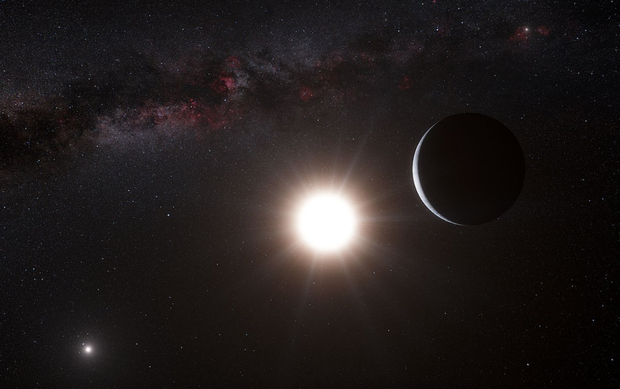
Alpha Centauri is a system of 3 stars only 4 light years away from us.
Discovered a long time ago, but only recently, this star system is considered to have the most potential to harbor planets capable of sustaining life.
All thanks to the groundbreaking project of Stephen Hawking and billionaire Yuri Miner. They will launch small robots with iPhones to search for life around Alpha Centauri.
2. Trappist Star System -1 (2016)
Also in 2016, NASA found Trappist-1 – a brown dwarf star about 40 light years away from us, and has up to 3 Earth-sized planets revolving around it.
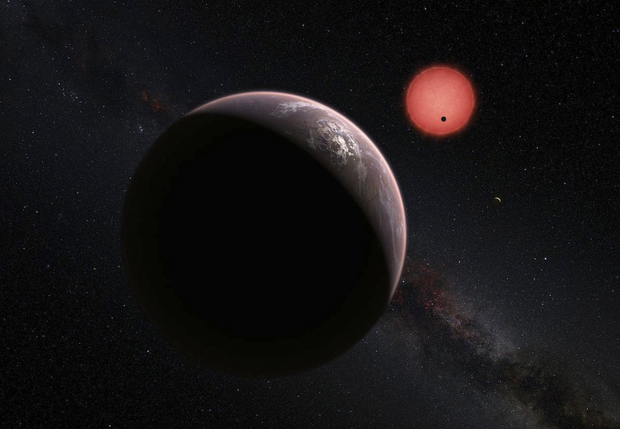
In fact, only one of these planets is in the Goldilock zone. But the remaining two planets have one side always facing the host star, so even though they are far away, it is still possible that they have liquid water and can nourish life.
3. Kepler-442b (2015)
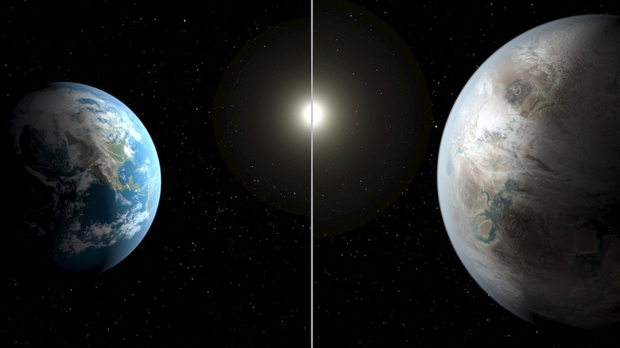
In July 2015, NASA announced the discovery of Kepler-442b, a planet known as “The Second Earth”. This planet is almost the same size as Earth, 1,400 light years away.
According to scientists, Kepler-442b possesses a perfect distance from its host star. This planet is even considered “more suitable for life than Earth”, because it has revolved around the host star for up to 6 billion years.
4. Kepler-186f (2014)
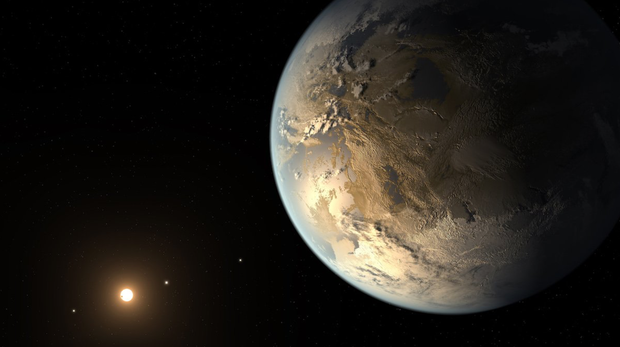
Discovered in 2014, Kepler-186f is one of the first Earth-sized planets discovered in the Goldilocks zone.
This planet 500 light years away is only about 10% larger than Earth, and there is evidence that it is rocky.
Kepler-186f’s host star is redder and cooler than our Sun.
5. Kepler-62 (2013)
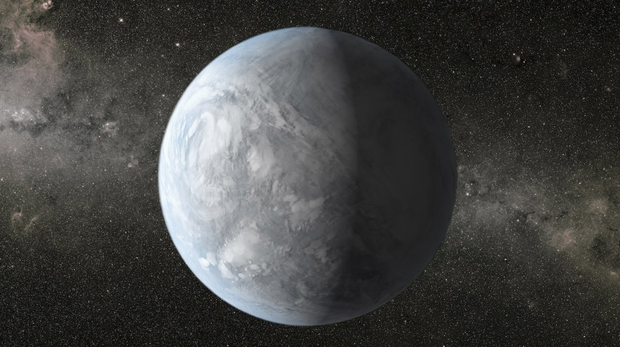
Kepler-62 is a star with a temperature slightly lower than the Sun, located 1,200 light years away from us. And this is the host star of two planets with the potential to sustain life: Kepler-62e and Kepler-62f.
These are all planets with a mass greater than Earth, and are all located in the Goldilock zone of Kepler-62.
6. Gliese 667 Cc (2011)
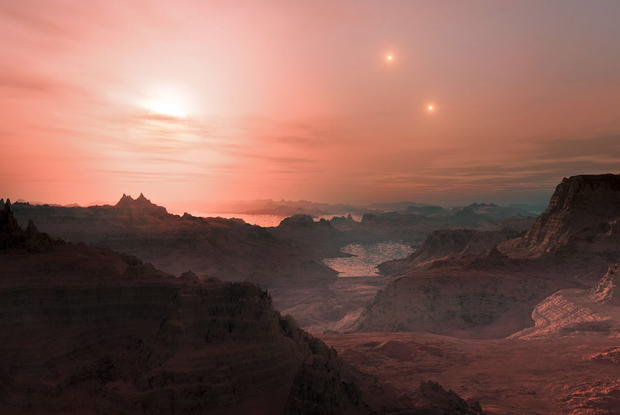
In 2011, astronomers discovered Gliese 667 Cc. This planet orbits a red dwarf star, just 24 light years away, and is also in the “habitable” zone.
Data show that the planet has a mass 4 times that of Earth, but we still cannot determine the size of the planet, because dwarf stars usually have light that is not strong.
7. Kepler-22b (2011)
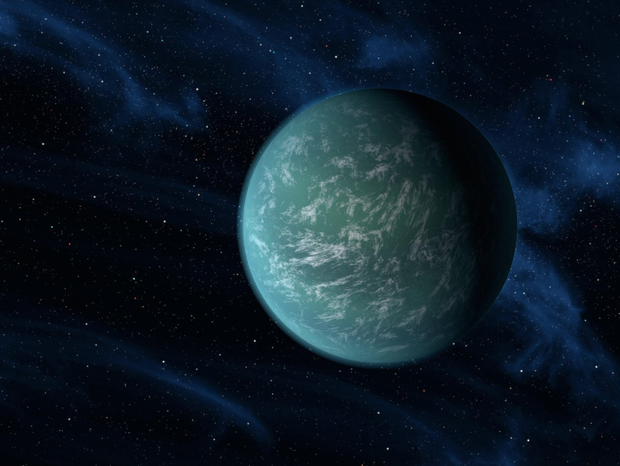
At the time of its discovery in 2011, Kepler-22b was considered the most Earth-like planet ever.
It lies neatly in the Goldilocks zone, with a star similar to the Sun, about 600 light years away.
Kepler-22b is twice the size of Earth, and has an average surface temperature of about 22 degrees Celsius.
